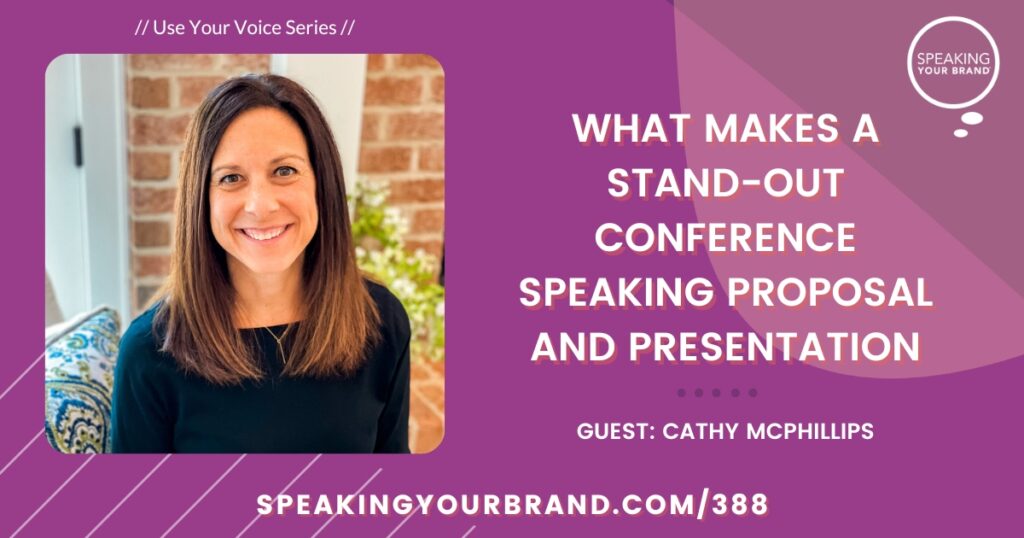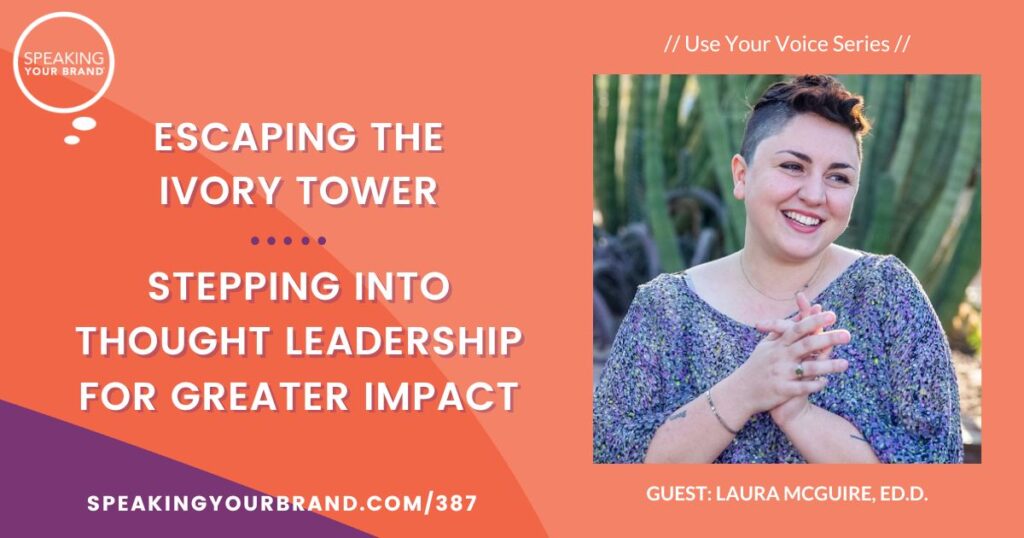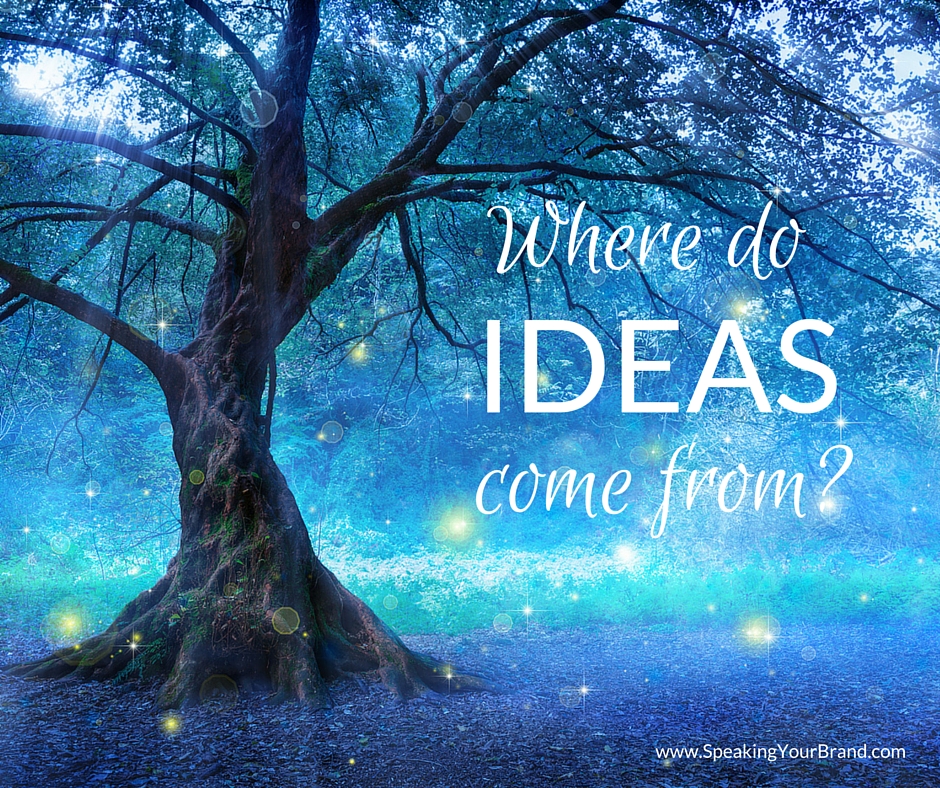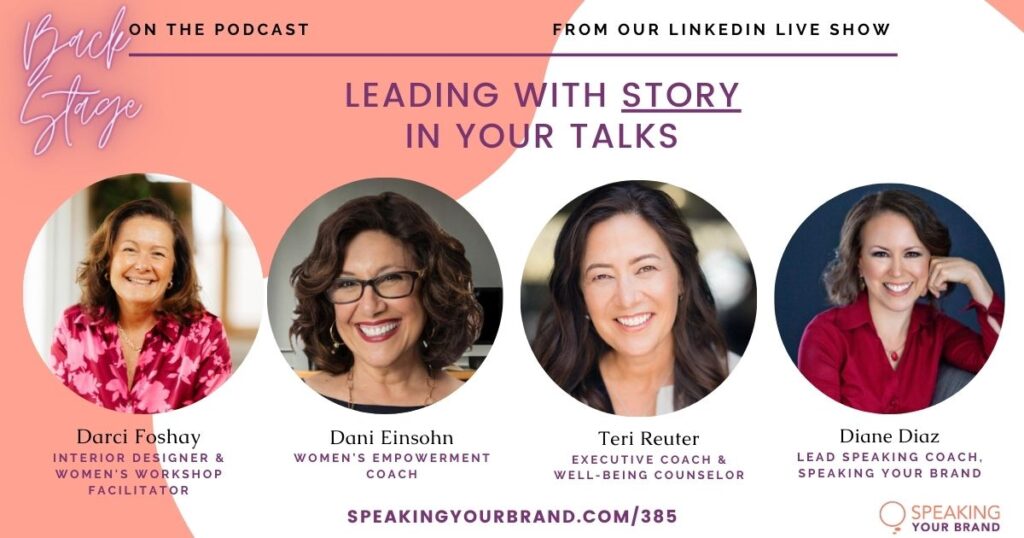Have you ever had an idea, a this-is-it! idea that you got really excited about, whether for a new talk or a new product or a new business or a new way of approaching what you do?
And then you come across another person or company that’s doing almost the exact same thing in the same way, kind of like a business doppelgänger? Except this is a twin you’d rather not have met.
And I don’t mean you meet another web designer or business strategist.
You see someone who could be you if you just changed out their headshot photo for yours – nearly identical branding, messaging, audience, products and services, even their background and interests are similar.
Not because you had copied them or they had copied you. You didn’t even know they existed until that moment.
You start to wonder if your business idea is really all that unique, if people need you if there’s someone else out there already doing the same thing in the same way.
I came across my business twin the other day. It’s a bit eerie. It can also be deflating and confusing.
As I watched the new Steven Spielberg movie The BFG the other night, it got me thinking:
Maybe ideas are like the dreams the Big Friendly Giant (BFG) captures and releases, not created by us but enacted by us.
In the story (based on the book by Roald Dahl), dreams buzz around like fireflies, colored with bioluminescent blues, reds and yellows. The Big Friendly Giant literally captures the dreams from a mystical tree, puts them in jars, and then releases them into the bedrooms of sleeping kids.
Perhaps ideas belong to no one in particular.
After all, many times, different people capture the firefly of a story or a theory or an invention at the same time.
In science, this is called multiple or simultaneous discovery. From calculus to the theory of evolution to the discovery of oxygen to the invention of the telephone, different people, independent of each other, in different places at around the same time came up with these ideas. (Check out this great article on it by Malcolm Gladwell.)
Perhaps this means that ideas don’t emerge sui generis from our own creation, but are floating around out there (in the morphic energy of the universe? in Jung’s collective unconscious?), waiting for us to grab onto them.
This may feel initially disappointing: that we’re not the originator, that our genius didn’t create something out of nothing.
This also explains why we have business twins – and we should celebrate that, not be disappointed. (We’d probably really like them!)
I want more women to see themselves as leaders and to share their bold, transformational ideas. (Our world, from the micro to the macro, needs a lot of help!)
If there are others out there also pushing this message and helping women get there, I’m thrilled. After all, there’s more than enough potential business to go around, and it will take more than 1 or 2 or 3 people or businesses to reach all those who want to take this journey.
But, this also means it’s time for me to put a fresh twist on what I do. Stay tuned for next week’s post when I talk about ways you can go about doing this.
Have you ever met your business twin? (Or even your real-life look-a-like doppelgänger?) Comment below and let me know!
I’d love to work with you to create a strategy for bringing your signature talk to life – from ideation to structure to delivery. Schedule a free discovery call with me.
Worth Reading
I became interested in seeing The BFG after reading this beautifully written article in Wired magazine about Steven Spielberg’s decades-long quest, in movie after movie of his from E.T. to Empire of the Sun to A.I., to capture both the wonder and heartache of childhood.
Worth Listening To
Coincidentally (serendipitously?), the day after I watched The BFG and wrote the post above, I listened to author Elizabeth Gilbert on the OnBeing podcast.
Gilbert is best known for writing Eat, Pray, Love and Big Magic. (My favorite work of hers is a novel published in 2014 called The Signature of All Things.)
In the podcast, she talks about the same thing I wrote about: ideas as having a consciousness, a life of their own, that swirl around the universe waiting to inhabit someone.
Listen to the episode to hear a fascinating account of how one of her book ideas left her and ended up as someone else’s bestselling novel.
Get More Posts Like This – Sign Up for My Weekly Email Newsletter with Stories, Strategies, and Recommendations
Get Our Free Thought Leadership Workbook
You may also like...

What Makes a Stand-Out Conference Speaking Proposal and Presentation with Cathy McPhillips: Podcast Ep. 388






